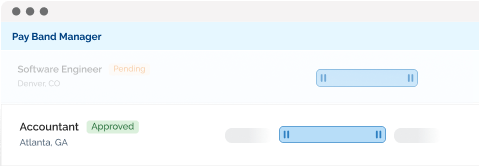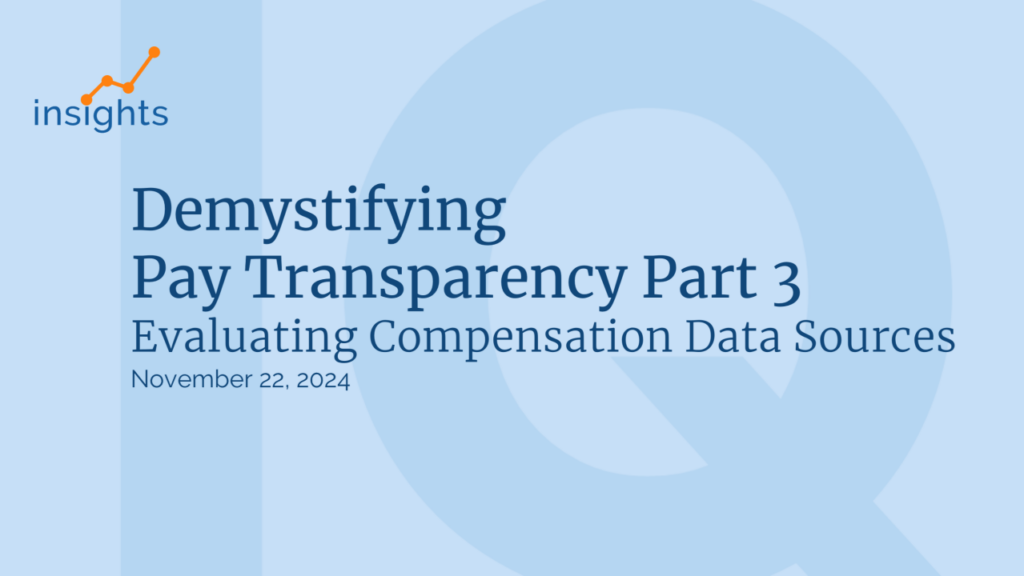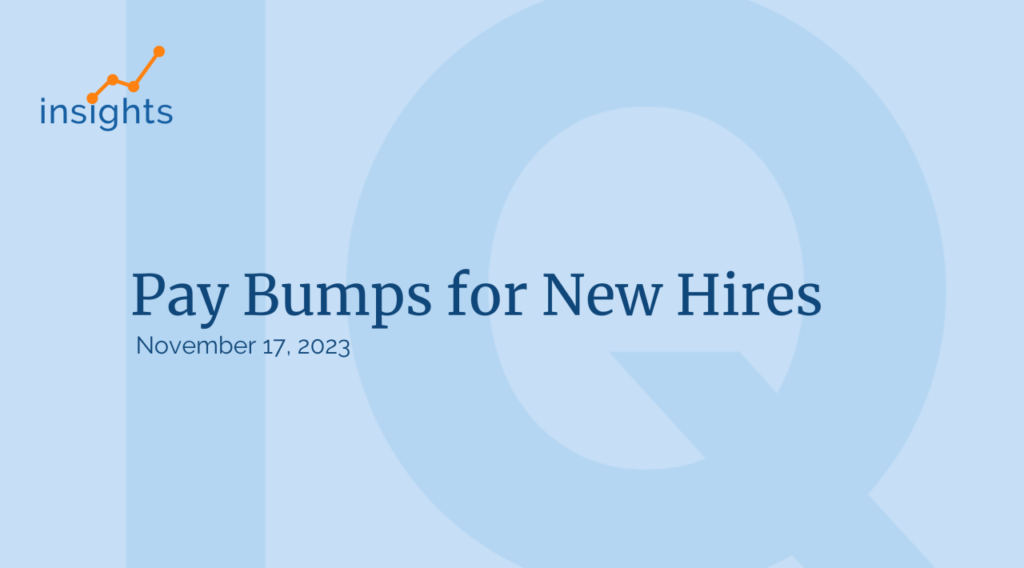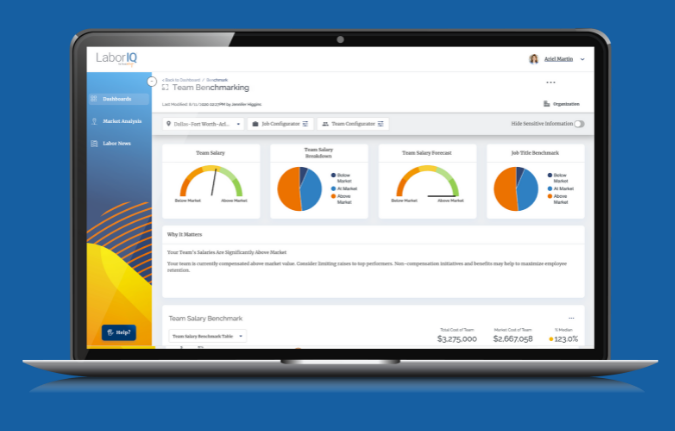The new year will bring many changes to the way companies disclose their pay ranges. A prominent driver of this is, no doubt, incoming pay transparency legislation.
Soon, several U.S. states will enact pay parity laws that force organizations that previously withheld compensation structure information to reveal it. While some see this as an inadvertent attack on how HR manages its hiring strategies and compensation plans, there’s a broader picture to consider.
In the past, pay was discussed only on a need-to-know basis – and even then, it was taboo. But with persistent pay gaps evident across the labor market, employers are under fire to address pay parity now more than ever.
For example, in 2020, research showed there was still a 7% difference between the median hourly earnings of men and women in the U.S. Shockingly, female workers ages 25-34 earned 93% of what their male equivalents earned.
Likewise, analysis shows pay disparities between ethnic minority workers and their white counterparts. More specifically, there’s a 16.7% discrepancy for black Americans, 19.6% for Hispanic/Latinx, and 5.7% for Asian employees.
As a result of such biases, pay transparency laws are being introduced across the U.S. The intent is they’ll encourage businesses to analyze pay equality and make necessary improvements.
So with that said, below, we’ll discuss in more detail what these laws entail. Let’s take a look…
Changes in Pay Transparency Law
First and foremost, while nationwide EEO (Equal Employment Opportunity) laws set by the Department of Labor have been in place since 1972, many states are now raising their pay transparency standards based on state-specific legislation.
Notably, by Jan. 1, 2023:
California will enact SB1162 legislation: As a result, employers must provide pay scales upon request for the position an applicant is applying for. It also requires them to aggregate their pay data, not only by job category but also by race, ethnicity and sex.
Similarly, Washington will enforce the RCW 49.58.110 Act, allowing applicants to request salaries when applying for a position.
Rhode Island’s S0270A will ensure that an employee’s previous salary can’t be used as a condition or determinant of hiring.
These laws aim to address several pay parity issues, some of which we’ll explore in greater detail below:
More Productive Pay Auditing
Pay gaps aren’t always the result of vindictive discrimination; they’re sometimes the result of shoddy internal payment auditing. This is why much of the new pay transparency legislation requires that pay is reported by ethnicity and sex. This will highlight where specific groups of people are being paid less than other cohorts performing the same role.
For example, California’s SB1162 legislation states that private sector employees must reveal the median and mean hourly wages paid to workers, organized by job category. This involves taking the salaries of everyone who performs a particular role and examining how these individuals are paid based on their:
- Sex
- Ethnicity
- Gender
… To identify where one worker might be paid less or more for the same role.
Such accountability should spur organizations to reinforce equal pay policies and prevent oversights. For instance, preventing rogue managers from overpaying or underpaying employees.
However, at this point, it’s worth noting that the SB1162 law doesn’t penalize inequity. Rather, it prevents a lack of transparency, which for the sake of their reputation, should encourage businesses to do a better job when it comes to pay equality.
Same Role, Same Salary
Another facet of pay transparency is the hiring process, as highlighted by the Washington RCW 49.58.110 Act. This permits applicants to request salary ranges for the jobs they’re applying for.
This should prevent employers from setting wages based on the individual rather than the role. For instance, previously, some employers would decide what to pay an employee after they were hired. This would enable employers to pay wages based on their opinion of that employee rather than a predefined salary based on the role.
Salary History Bias
Similarly, pay transparency laws like Rhode Island’s S0270A prohibit employers from basing an individual’s wage on their previous salary.
This strategy is beneficial for rooting out ongoing discriminatory hiring practices. Requiring organizations to set salaries using their own benchmarks, rather than the candidate’s previous wages as a guide, helps prevent underpaid employees from experiencing future pay disparities.
How Employers Are Responding
All these changes to pay transparency are intended to drive businesses to identify pay parity and develop more fair compensation strategies. Inequities can’t and shouldn’t be ignored. It forces organizations to look at their internal salary structures closely, which is a considerable step in engendering equality. In fact, research indicates that 66% of organizations say they’ll reevaluate their strategy for pay equity in 2023.
However, while pay transparency laws will force companies to take internal auditing more seriously, addressing inequities may be another matter. For example, the same research showed that despite plans for pay equity analysis, only 36% of organizations knew their pay parity gap for gender and only 29% for race. More concerning still is that although many have pay equity initiatives in the works, the actual percentage of companies addressing them is less than 40%.
Are You Ready to Offer Equal Pay?
Pay parity laws may encourage clarity and can go a long way to conquer the taboo of discussing salaries, but is it driving true pay equality? This question is hard to answer, but the facts remain the same: pay transparency laws are coming into effect, and they’ll cause significant reverberations throughout many industries. Businesses must come to terms with these changes and start addressing them now.
This is when it becomes imperative for organizations to have the right software for analyzing and setting clear salary benchmarks based on robust compensation data, to identify and overhaul internal pay gaps.

















































